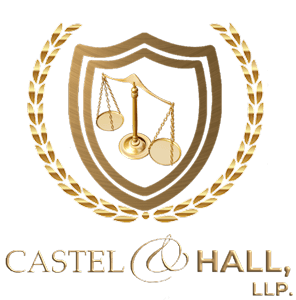Surgical Mistakes
A surgical error is a preventable mistake during surgery. All surgeries involve an element of risk, which is what you are informed of before surgery. For that reason, it is typical to sign forms before surgery stating that you understand surgery involves certain risks. However, surgical errors that go beyond the known risks of surgery are surgical mistakes; those are the unexpected errors that occur during surgery.
Many things can lead to surgical mistakes. Perhaps the surgeon has not performed the procedure often and lacks the skill to perform the surgery successfully. Additionally, a surgeon must be well-prepared for surgery, which can include reviewing and preparing for any complications that are likely to occur. If they are not ready, it can be difficult for them to perform correctly. Failure to communicate results can also contribute to surgical mistakes. For example, a surgeon may mark the wrong site for surgery or fail to ensure all surgical equipment is present. There can also be miscommunication about the proper dosage of a patient’s medication or if the patient has an allergy to a particular medicine.
A curtain surgical mistake is when a surgeon leaves an object inside the patient during surgery. Some of the most common things left inside patients’ bodies include sponges, scalpels, scissors, drain tips, needles, clamps, forceps, scopes, surgical masks and gloves, tubes, and measuring devices. Sponges, in particular, are hard to track because they are used to soak up blood during surgery. As a result, sponges or gauze can accumulate bacteria, often leading to serious infections that can spread faster and result in severe illness or death.
After surgery, foreign objects left inside a patient can result in dangerous medical situations. Medical errors may be the third leading cause of death in the U.S. In the United States, about a dozen sponges and other surgical instruments are left inside patients’ bodies every day, resulting in around 4,500 to 6,000 cases per year, according to the American Society of Anesthesiologists.
Medical professionals should be adequately trained and taught before doing any procedures. They should also check before closing a patient to ensure they did a sufficient job and that nothing was left behind. If this is not what happened in your surgery, it is cause to sue for malpractice. Come to Castel & Hall, LLP., where we can ensure that you get proper compensation and that the surgeon never makes the same mistake again.
